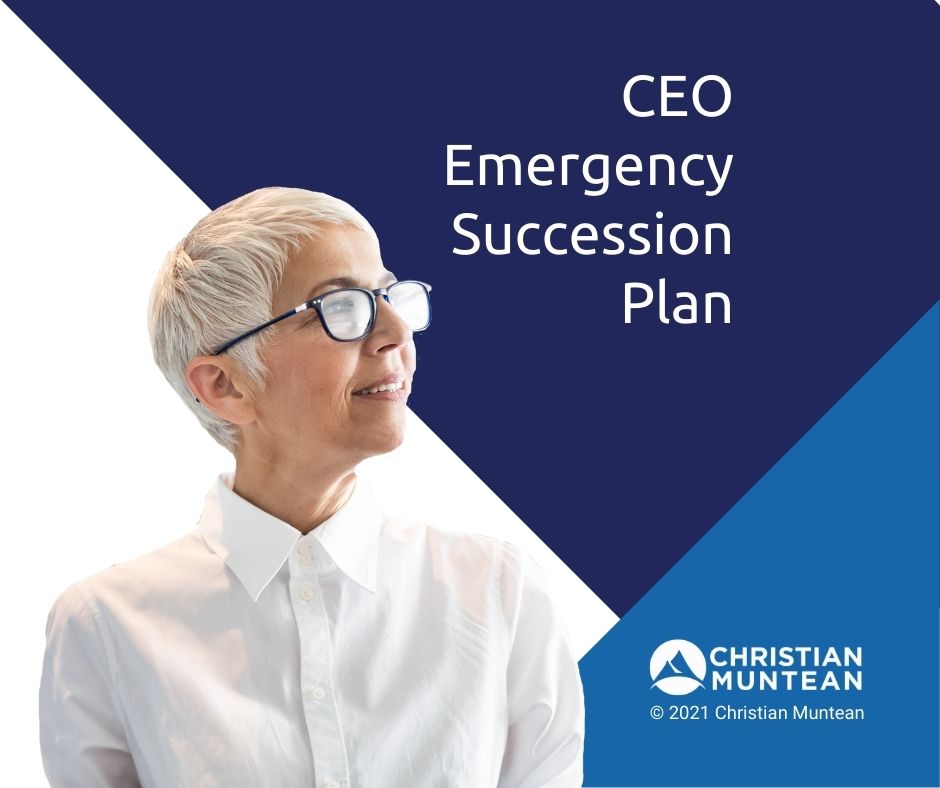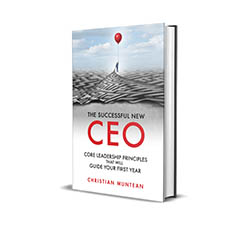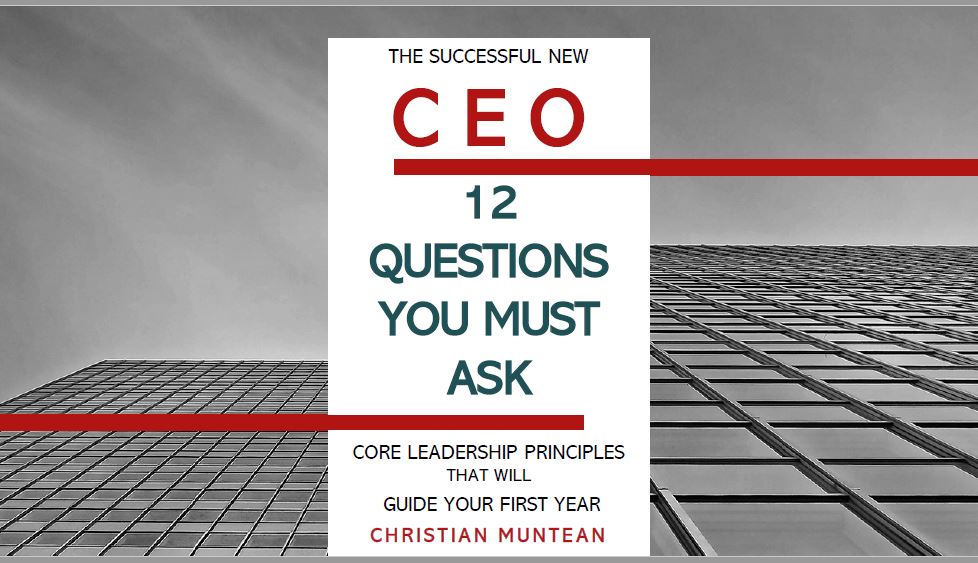The Single Biggest Danger for Successful Leaders and How to Avoid It

“Dad, I feel terrified.” My son and I were driving up the mountain to begin a zip line experience.
Nine zip lines later he was twirling around, upside down, putting on a show for viewers.
We were on a family vacation to Hawaii. We had a great time. Defrosted. Had new experiences.
We relaxed a lot. But we also tried out new experiences.
I asked my kids about their favorite memories from the trip. Most of what they described were experiences they initially found challenging or scary. This included: zip lines, new foods, cliff jumping, jungle hikes, kick boarding, and nighttime swims with manta rays.
Not once did they mention shave ice, the chocolate factory, or playing video games. Which they love.
In the scheme of things, Hawaii vacation challenges are tame. But my kids were out of their comfort zones. And that’s the point.
These experiences allowed them to grow. They also let me learn something new (and cool) about each of my children.
If we stayed by the pool the whole time – we would have missed out on all their actual favorite things.
Too much comfort (and too little fear) is not a good thing.
Homeostasis Isn’t Wrong. But…
According to the Merriam-Webster Dictionary, homeostasis is, “a relatively stable state of equilibrium or a tendency toward such a state…”
All organisms naturally move towards homeostasis. It’s what allows our bodies to operate without thinking and at minimum effort. It’s what keeps our body temperature steady. It’s what brings our heartbeat back to a normal pace after running. It’s what tells us we are hungry or full.
It’s an internal setting that says to us, “This is healthy. This is normal. This is where I should be.”
But sometimes…it is wrong.
Sometimes our blood pressures are too high. Or our fat becomes “stubborn”. Or we become addicted to substances or habits.
Homeostasis is a powerful tool. But only when used well.
We Don’t Just Benefit from Discomfort. We Need It.
I first learned this when I was a strength and conditioning instructor. I designed my classes to push people past their “normal” into a new level of performance.
The challenge, for most, was that their brains wanted to limit their effort. At a certain point, they would feel that they were working too hard, too fast, or too long. Their brain would interpret this as “not safe.” Then they would experience an overwhelming urge to quit.
It was part of my role to help them work harder, go faster, and for a little longer. To teach them to seek discomfort and push into it. I wasn’t just training their bodies. I was training their minds.
The thickest dividing line between athletes and non-athletes isn’t intrinsic skill or talent. It’s the ability to ignore your body’s attempt to return to homeostasis. To know when to disregard the brain’s signal to, “Please quit!”
Athletes try harder. They don’t quit.
(On the flip side, both athletes and other high performers often struggle with recognizing when they have done enough and need to dial back. But that’s a topic for a different article.)
It’s Also True for Weight Loss.
Homeostasis is why it is difficult for people to lose weight. Even if someone diets and reaches their goals, they rarely maintain them.
Soon, most return to their old normal.
Researchers of bariatric weight loss often refer to “normal” as set points. Our bodies develop a “set point”. Our minds and emotions do the same. We develop habits and behavior patterns that align with maintaining this sense of normal. Even when normal is contrary to what we want.
Research shows that for most people to lose (and keep off) their weight, they need to maintain their new, ideal weight for about six months. Habits, mindset, and hormones change over this period of time. The body’s set point is reset.
This is not only true for the body. It’s true for whatever you want to succeed at.
For many years, I had a “set point” over what I could accomplish in my business. I wasn’t conscious of it. But I couldn’t seem to break out of a plateau.
I wasn’t comfortable where I was at. But I wasn’t sure what to do. Most of what most people recommended felt uncomfortable. Or, “not me.”
Then I read a book by Brian Tracy and later heard a podcast by Bedros Keuilian. They both used the term “thermostat” and described the need to raise our thermostat settings.
I realized my thermostat was set too cool. I began to change those settings. Much of this included doing things that were “not me.”
The “me” I wanted to become was not the “me” that I currently was. I had to get over myself. I was my own biggest obstacle.
(Critical caveat: This did not, and should not, include violating our principles or morals. But we often lie to ourselves and apply moralistic language to justify lousy excuses. Watch out for that.)
Seek Discomfort
I’ve often written elsewhere about ways to change our internal thermostat. Here’s a link to an article with five practical tips: How to Get Out of Your Own Way.
But in this article, my message is simpler: Seek discomfort.
High-performing successful leaders often become very competent. They become leaders in their space. They’ve taken on and overcome significant challenges. This forms part of their identity.
But after they achieve success and maintain it for a while – they establish a new set point. It’s a high-performance set-point.
But it is still a limit.
Then a threat emerges. Or an opportunity occurs. They want or need to change.
But they don’t. Or they can’t. Without knowing it, they forgot how to be uncomfortable. They believe that discomfort is a signal of, “This is the wrong decision.”
And the threat overtakes them. Or the opportunity passes by.
Established, Successful People Are At Risk.
Most of my readers are action-takers. Most have achieved some level of success.
If this is you: Distrust comfort.
If you are sitting in the hot tub of life, you need an ice bath to jump into.
Seek discomfort.
- What is one area in your growth where you’ve become too comfortable, complacent, or avoidant?
- What challenges do you need to tackle?
- What fear needs to be faced?
Take good care,
Christian
Did you miss it? Catch my interview on the rebroadcast of the Shrimp Tank podcast, the #1 Entrepreneur podcast in America, here: http://bit.ly/40aG3ZO
𝗧𝗵𝗲 𝗕𝗲𝘀𝘁 𝗧𝗶𝗺𝗲 𝘁𝗼 𝗖𝗿𝗲𝗮𝘁𝗲 𝗔𝗻 𝗘𝗺𝗲𝗿𝗴𝗲𝗻𝗰𝘆 𝗦𝘂𝗰𝗰𝗲𝘀𝘀𝗶𝗼𝗻 𝗣𝗹𝗮𝗻 𝗶𝘀 𝘽𝙚𝙛𝙤𝙧𝙚 𝗬𝗼𝘂 𝗡𝗲𝗲𝗱 𝗜𝘁.
Be prepared for a smooth transition in the event of an unplanned emergency succession. My guide will show you step-by-step how to devise your own plan.
Free Leadership Resources
Whether you are a new CEO, thinking of succession or exit, or wanting to strengthen your leadership and your team, I’ve got resources to help:
Enhancing your leadership skills
Are you interested in learning more about becoming a successful CEO? If so, get a free copy of my book The Successful New CEO. Not a new CEO? I’ve been told by “old hands” that they felt any CEO should read this. So, click here to get your copy today.
by “old hands” that they felt any CEO should read this. So, click here to get your copy today.
There are 𝟭𝟮 𝗰𝗿𝗶𝘁𝗶𝗰𝗮𝗹 𝗾𝘂𝗲𝘀𝘁𝗶𝗼𝗻𝘀 to ask before accepting a new CEO position. Do you know what they are? Instantly download my free e-book here.
Let’s connect.
I’m passionate about helping leaders to create workplaces they love going to and increasing the value of the services they offer. My results-oriented approach is tailored to each client’s specific situation and needs. As a leadership coach, I have developed a wealth of resources to help you and your team grow and become stronger.
Weekly Newsletter – sign up to receive my weekly articles addressing critical leadership challenges and issues.
The Leadership Coach Podcast – In my podcast, we explore effective, high-impact, and enjoyable leadership. Subscribe.
Find the value of your company with my free assessment tool: The Value Builder System
The Value Builder System™ is a 13-minute online questionnaire that evaluates your business on the eight factors that contribute more to its attractiveness and value. These factors are scored on a scale of 1-100. Businesses that score over 80 are likely to command 70%-100% higher value than others.
Opportunities
Executive and Leadership Coaching: Do you feel overwhelmed? Are you not getting the results you expect from the effort you are putting in? Do you find yourself facing similar challenges time and time again? Would you like to change specific ways of relating or reacting? If you would like to experience predictable, measurable growth Contact me.
Profitable Exit Strategy Workshop: Are you a business owner or partner? Over 55? Starting to think about exiting your business or active management in the next 3-5 years?
- Curious about what your business might be worth?
- Would you like to discover the specific steps you need to take to increase its value and become highly attractive to a buyer?
- Are you planning on handing it over to family or employees and you want to ensure long-term success?
If so, contact me now
Article Categories
Popular articles

Download my free 10-page eBook:
How To Accomplish More Without Doing More:
Eight Proven Strategies To Change Your Life
Discover how to save eight hours during your workweek-even if you're too busy to even think about it. The resource every maxed out executive needs.

